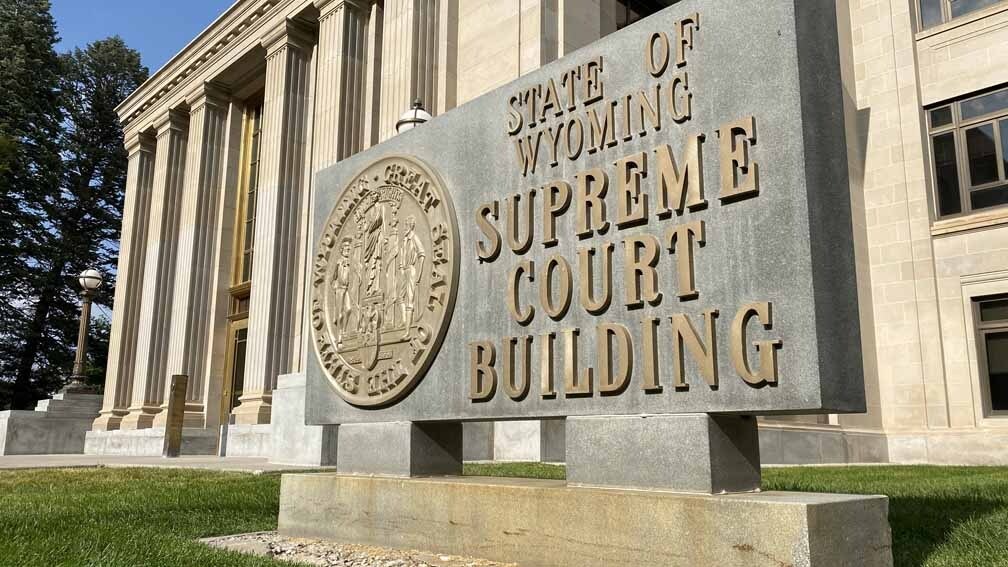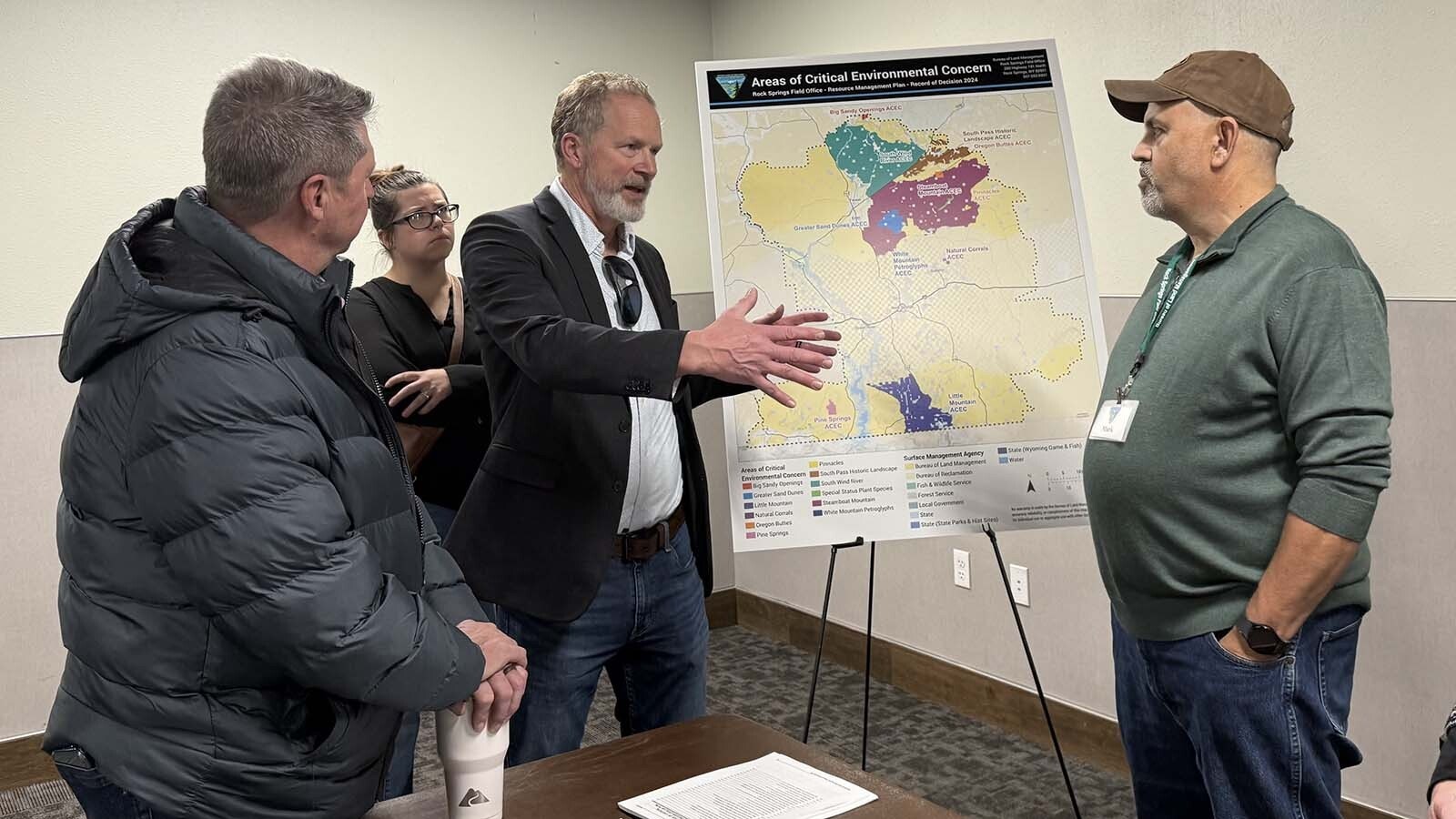Uinta County School District No. 1 will have to start from scratch if it wishes to adopt a rule allowing its teachers to carry concealed weapons in schools, Wyoming’s Supreme Court has ruled.
The ruling stems from the school district’s efforts beginning in 2018 to adopt a concealed weapons policy as allowed by a law approved by Wyoming’s Legislature in 2017.
The issue has been before two state district court judges and one found that the policy approved by the district’s board of trustees was flawed because it did not contain requirements for the qualifications of instructors who were to provide training to teachers.
The school district revamped its rule to address the issue.
However, justices unanimously agreed that once the rule was found to be invalid by the district court, the district should have started the entire process to adopt the policy again.
“Because the school district was required to restart rulemaking, the controversy over (the concealed weapons policy) ended when the district court issued its order …” said the ruling, written by Justice Kate Fox.
Opponents to the rule had filed challenges to the Supreme Court that also questioned the rule’s constitutionality, but the justices declined to rule on that issue, agreeing that once the rule was found invalid because of the lack of instructor qualifications, all other questions were rendered moot.
However, the court also said it expects to revisit the issue later.
“We recognize that appellants raise questions of constitutional magnitude, which may be of great public importance,” the ruling said. “However, we decline to address the constitutionality of a rule that is subject to revision and renewed challenges which will, in all likelihood, offer us an opportunity to consider the constitutionality of the rule in its most recent form.”





